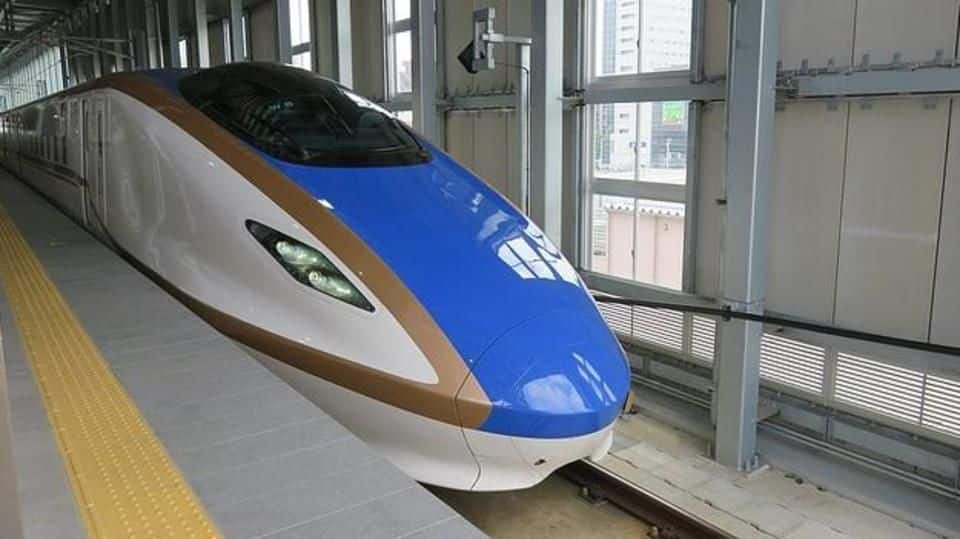
Is Mumbai-Ahmedabad bullet train viable? Over 40% seats go vacant
What's the story
In September, India kickstarted its journey towards the launch of its first bullet train. For the project, India got a soft loan of Rs. 88,000cr from Japan. But was it actually worth it? The Railways has now revealed over 40% of the total train seats on the same route go vacant, leading to losses worth crores. How viable is the project, actually?
Project
First off, was India ready for a bullet train anyway?
The Japan International Cooperation Agency (JICA) subjected the proposal to two questions: will it garner at least 1cr end-to-end passengers, as research says it has to for being successful? JICA estimated 1.46cr passengers in Year 1. Secondly, will the total financial inflow exceed total outflow? These were estimated at Rs. 4,857cr and Rs. 3,074cr respectively for the first year, a surplus of Rs. 1,783cr.
Route
So why the Mumbai-Ahmedabad route?
Mumbai-Ahmedabad is one of the flattest routes in India, almost at the sea level, thus construction is easier and cheaper. Moreover, it is part of the broader Mumbai-Delhi route; in the future, the line may be extended to the capital according to need. Some attributed it to Gujarat being Modi's home state, but the project has been in the works since Manmohan Singh's time.
Performance
But how well is the route actually doing?
The Railways, responding to an RTI query, said 40% seats on the Mumbai-Ahmedabad route went vacant in the past quarter, and 44% on the Ahmedabad-Mumbai route. During July-September, there were 32 mail/express trains for Mumbai-Ahmedabad, and 31 for Ahmedabad-Mumbai, including the Durontos, Lokshakti etc. Even the most popular, the 12009 Shatabdi, sold only 36,117 of 72,696 seats. The resultant loss was Rs. 30cr.
Drawbacks
Is that the only thing working against the project?
There are other challenges for this project. India would probably have to return Japan much more than Rs. 88,000cr in the long run, considering the rupee is likely to depreciate against the yen. Moreover, tickets are expected to cost as much as airfare, raising questions on how many would choose to travel by train instead of flight. Meanwhile, rest of Railways' infrastructure is crumbling.
Benefits
So will the pros make up for the cons?
It has several benefits too. There will be local production of components, boosting the "Make in India" campaign. It will ensure technology transfer. This will then enable us to construct more such projects. The train will have in-built safety systems that can even detect disasters. Thus, the project promises comfortable service with high safety. The project will bring optimum benefits only if implemented well.